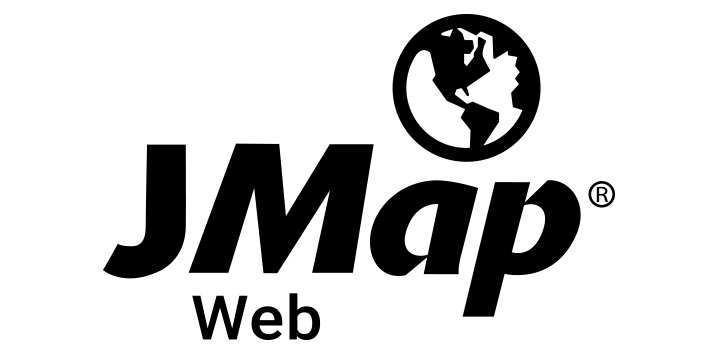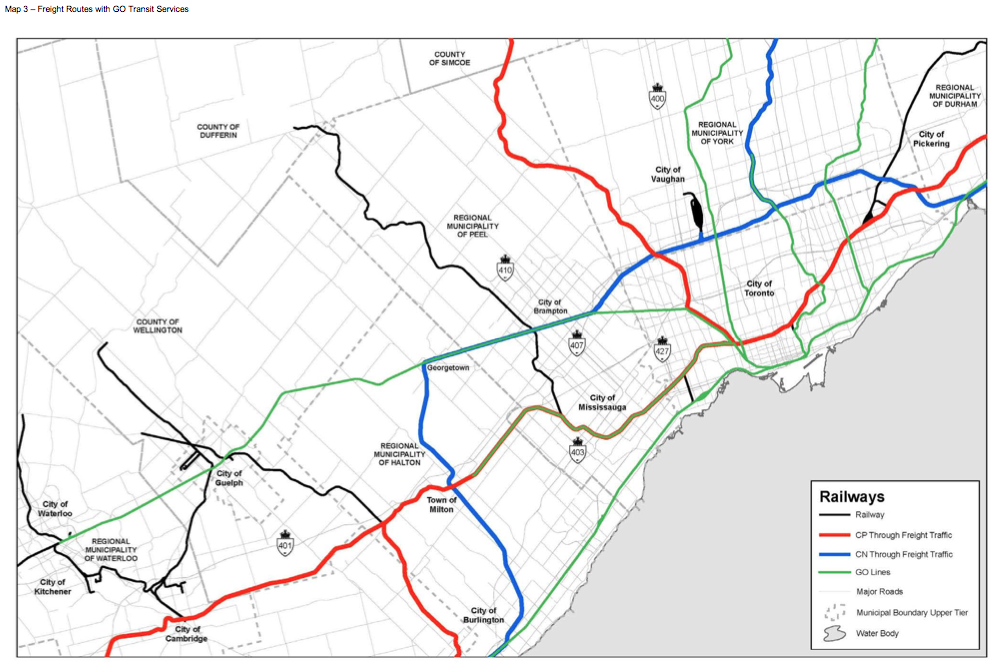This could easily happen parallel to CN's corridor. If we're already building track and setting land aside, we may as well make it as redundant as possible so we don't have to do it again. If the bypass, along with room for CP throughout all of greater Toronto is considered, that will require minimum 2 tracks per carrier mostly paralleling the 407 or perhaps built alongside 413 while it's still greenfield. What we should be discussing is how many tracks in addition to add; freeing up the midtown corridor is convenient, but constructing an additional two tracks for GO, alongside the CN/CP mainline, may be worth the investment. I can't imagine the land acquisitions necessary for four additional tracks instead of two (6 total vs. 4) would be all that big a deal, considering we're already talking about potentially tens of billions of dollars. Give it a catchy name, the "Rail super way" of the Golden Horseshoe. You would be able to guarantee the freight companies that transit would never impede on their operations because we'd be putting in our own track right alongside CN & CP's. There would be no need to acquire theirs in the future, and we'd have not one, but TWO heavy rail east-west lines (excluding the Lakeshore, lines 2/5/4 etc). Again, a ridiculously costly venture, but if the bypass is being considered we need to think big and guarantee freight a permanent E/W route while also extracting as much value for transit as we can. The midtown corridor would be just a part of the bypass' benefits.






